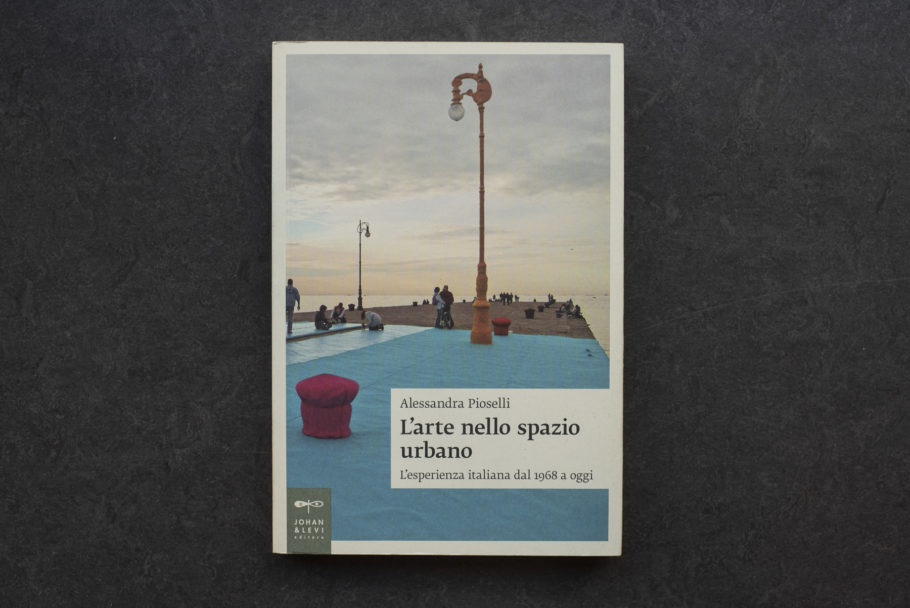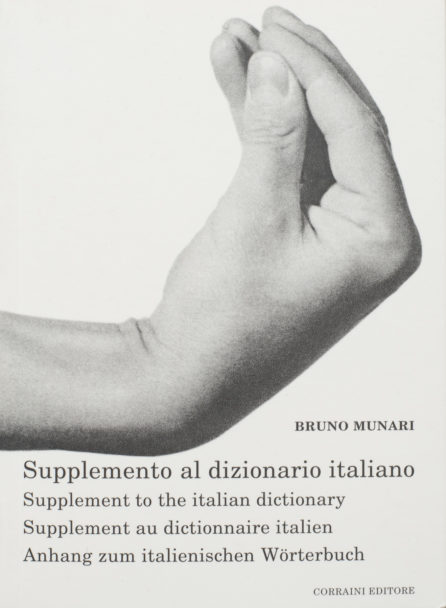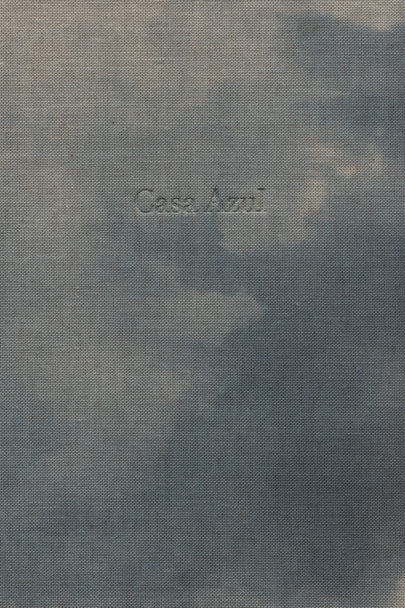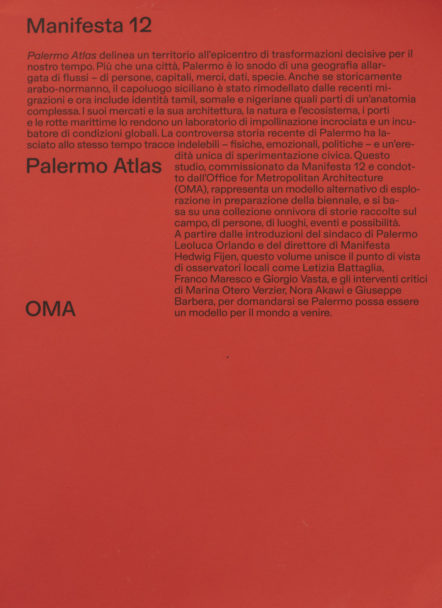
Alessandra Pioselli, L’ARTE NELLO SPAZIO URBANO – L’ESPERIENZA ITALIANA DAL 1968 A OGGI, 2015
21 Euro
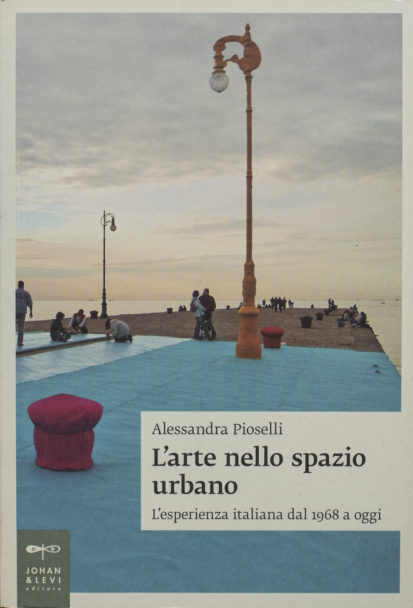
Out of stock
The term Public art is a term that refers to a wide range of experiences, including political or playful operations, ephemeral projects to transform places and landscapes, participatory actions, small everyday activities brought out into the open, and forms of active exploration of a given area. But what has been Italy’s experience with this artistic practice?
Italian artists have followed many distinct paths, in their reinvention of the relationship between space and the public within the urban dimension. Alessandra Pioselli, with her unique critical and expressive experience, chooses to begin in 1968, setting public art against the background of the political and economic context of Italy at the time. Artists came into the city streets, challenging and lampooning authorities, highlighting social problems and giving voice to an insistent collective energy. Given their focus on the struggle for jobs and housing, their work appeared in outlying but critical areas, often in the form of militant acts or alternative interpretations of the concept of cultural assets. Then, through the 70s, the proactive role of Enrico Crispolti, Riccardo Dalisi, Ugo La Pietra, and others counterpointed groups like Collettivo Autonomo di Porta Ticinese and Laboratorio di Comunicazione Militante in Milan, which addressed the issue of protest and militancy in a non-authorial manner. As a result, environmental sculpture multiplied and gained a renewed civic function.
With the waning of popular participation in the 80s, the front crumbled and differentiated. Art parks began to appear; works increasingly were set in highly problematic contexts and dealt with collective memory in increasingly emotional and subjective ways. Gestures, signs and relations assumed a symbolic, semantic value. While Maria Lai orchestrated poetic yet effective collective actions in her native Sardinia, Maurizio Cattelan playfully used intelligent provocation to expose the contradictions of an increasingly complex multi-cultural society. Today, new patrons and players acting in the context of a gentrified city hard put to recognize itself as a community call for a critical reinterpretation of the concept of participation, which is at the heart of this book.
Alessandra Pioselli
Johan&Levi
2015
220 pages, 15,5 x 23 cm
50 b/w illustrations
Italian
